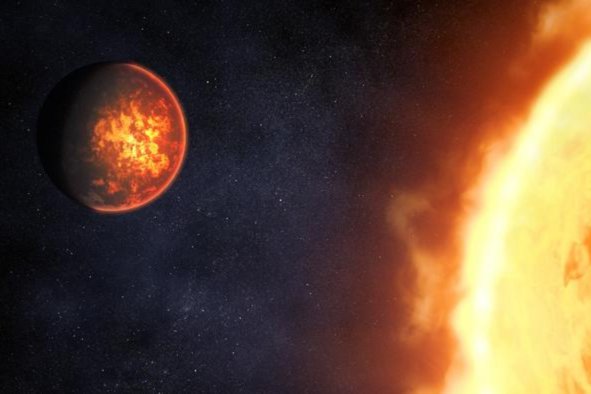Scientists have made a breakthrough in our understanding of the development of childhood autism. The discovery, which sheds light on a small number of biochemical pathways involved in autism development, may help inform early detection and prevention strategies in the future, researchers say.
Autism spectrum disorders are a diverse group of conditions characterized by some degree of difficulty with social interaction and communication, affecting roughly one in 100 children worldwide, according to data from the World Health Organization.
There are many potential causes of autism spectrum disorders, which include both environmental and genetic factors. However, we still know very little about the biochemical mechanisms that underlie these conditions.
"At birth, the physical appearance and behavior of a child who will develop autism over the next few years are indistinguishable from that of a neurotypical child," Robert Naviaux, a professor in the Departments of Medicine, Pediatrics and Pathology at UC San Diego School of Medicine, said in a statement. "Indeed, in most cases the fate of the child with regard to autism is not set at birth.
"We're starting to learn about the governing dynamics that regulate the transition from risk to the actual appearance of the first symptoms of autism spectrum disorders. Early diagnosis opens the possibility of early intervention and optimal outcomes."
A key player in these "governing dynamics" appears to be changes in our metabolism—the complex network of biochemical reactions that take place inside our bodies.
"Behavior and metabolism are linked—you cannot separate them," Naviaux said. "Metabolism is the language that the brain, gut and immune system use to communicate, and autism occurs when the communication between these systems is changed."
In a new study, published in the Nature journal Communications Biology, Naviaux and his team studied two cohorts of children: newborns, in whom autism can't be detected; and 5-year-olds, some of whom had been diagnosed with autism. When comparing the metabolic profiles of the children in the second cohort, the researchers found a striking difference between neurotypical children and those who had been diagnosed with autism.
Interestingly, out of the 50 biochemical pathways analyzed, only 14 were responsible for 80 percent of the metabolic impact of autism. In particular, these included pathways involved in regulating how our cells respond to stress or injury. Naviaux hypothesized that, in children with autism, these stress pathways are less effectively turned off, resulting in a heightened sensitivity to environmental stimuli.
By improving our understanding of the biochemistry of these conditions, Naviaux hopes that we will be able to develop drugs to target these pathways and more effectively manage the symptoms of autism.
"Now that we're closely interrogating how metabolism changes in ASD, we could be at the beginning of a drug renaissance that will create new options for treatment that never existed before," he said.
Newsweek has emailed Professor Naviaux for further comment.
Disclaimer: The copyright of this article belongs to the original author. Reposting this article is solely for the purpose of information dissemination and does not constitute any investment advice. If there is any infringement, please contact us immediately. We will make corrections or deletions as necessary. Thank you.



